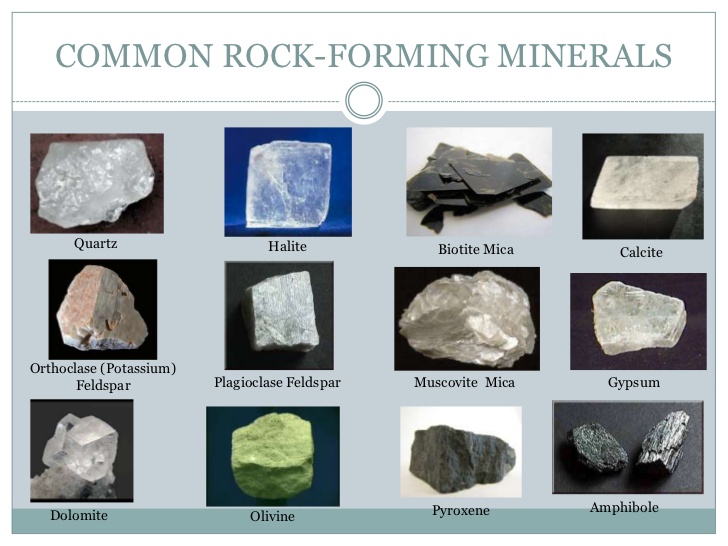Minerals are apart of our daily lives. Everything from cars, roads, cell phones, pencils, and table salt are made using minerals. In the United States alone, about three trillion tons of products made from minerals are consumed each year.
There are over 4000 different minerals and each of those minerals has a unique set of physical properties. These include: color, streak, hardness, luster, cleavage, fracture, magnetism, solubility and many more. These physical properties are useful for identifying minerals.
There are over 4000 different minerals and each of those minerals has a unique set of physical properties. These include: color, streak, hardness, luster, cleavage, fracture, magnetism, solubility and many more. These physical properties are useful for identifying minerals.
To meet the definition of a "mineral" a substance must meet five requirements:
- naturally occurring - people did not make it
- inorganic - the substance is not made by an organism
- solid - it is not a liquid or gas at normal temperatures and pressures
- definite chemical composition - must have a chemical composition that varies within a specific limited range
- ordered internal structure - the atoms in the mineral are arranged in a systematic and repeating pattern
Watch the video below for a deeper look into minerals.
Location |
|
